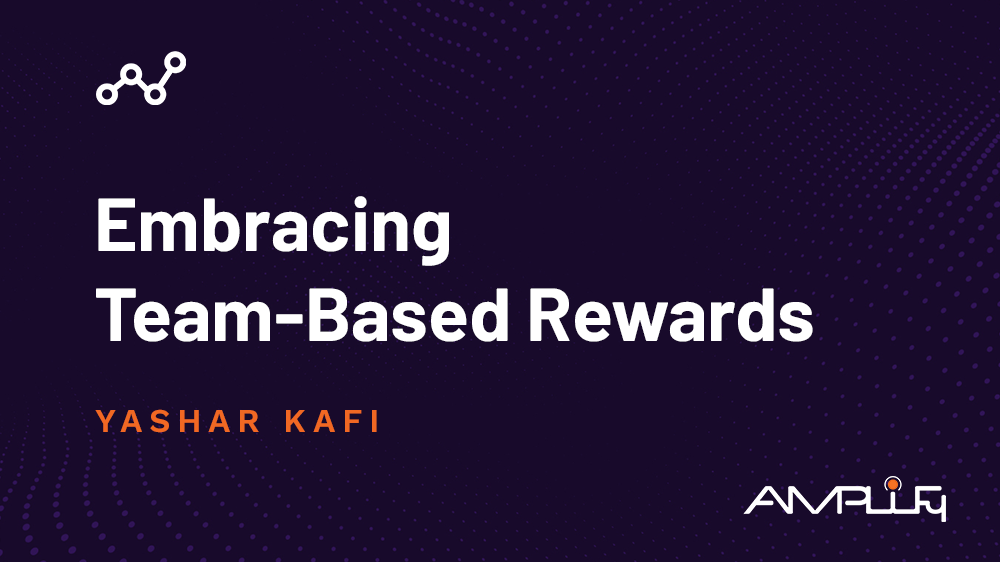Embracing Team-Based Rewards
On the surface, performance rewards appear to be a fair and useful practice for incentivizing employees to achieve their work and career-related goals. For this reason, performance rewards have been utilized for years as a way to increase overall organizational performance. However, despite the good intentions motivating performance rewards, organizations are starting to realize that these rewards have the tendency to leave employees feeling slighted and demotivated. There are several explanations for this.
The first is rooted in the fact that most employees do not work in silos: they are the product of a team-based environment. When performance rewards are based primarily on individual performance, it neglects the significance of the teamwork and collaboration that contributes to overall organizational success. The result is predictable to anyone who has ever played team sports or worked in groups—competition and resentment grow among team members. The result is that an award you thought was improving your organizational performance is now dismantling your culture as your employees focus more on outdoing one another than on working together to achieve a common goal.
However, this feeling of resentment (though largely unwarranted in the case described above) may actually expose an underpinning logic: performance rewards can often be subjective and unfair. In many organizations, the
criteria for rewards are not clearly communicated, making it difficult for employees to understand what actions they need to take to earn rewards. Watching one’s co-workers receive performance rewards without understanding how or why can lead to a sense of frustration and confusion. In turn, this creates an environment wherein employees feel as though their efforts are going unrecognize or that other coworkers are being given preferential treatment. This can lead to a sense of injustice and disengagement.
To address these issues, organizations should consider adopting a more team-based approach to performance rewards. By rewarding teams for their collective achievements rather than individuals for their personal performances, employees are incentivized to collaborate and work together toward a common goal; this cooperation can foster a
more positive work environment in which employees feel valued and motivated to achieve their goals. Team-based rewards can take any number of forms, from bonuses/incentives for achieving measurable team milestones, team recognition programs or even team-building events. However, this is an instance where the reward is just as important as the intention behind it: these rewards must not only be meaningful to employees but also reflect the contributions of every team member as opposed to a few top performers.
In addition to team-based rewards, employers should also consider utilizing non-monetary rewards to offer greater flexibility and personal growth opportunities to employees. For example, organizations can offer additional
trainings and development opportunities and/or allow employees to have more control over their work schedules. By providing a range of rewards that cater to distinct needs and preferences, organizations can incentivize different types of workers, thereby motivating the entire company.
Ultimately, good rewards do not focus on employee performance but rather on their contributions to team success. These rewards will be fair and transparent, with clear criteria and open communication. By taking a few simple steps toward more meaningful, inclusive rewards, organizations can creative a more positive and collaborative work environment where employees feel valued and motivated to succeed for the betterment of the organization—and not just for themselves.




